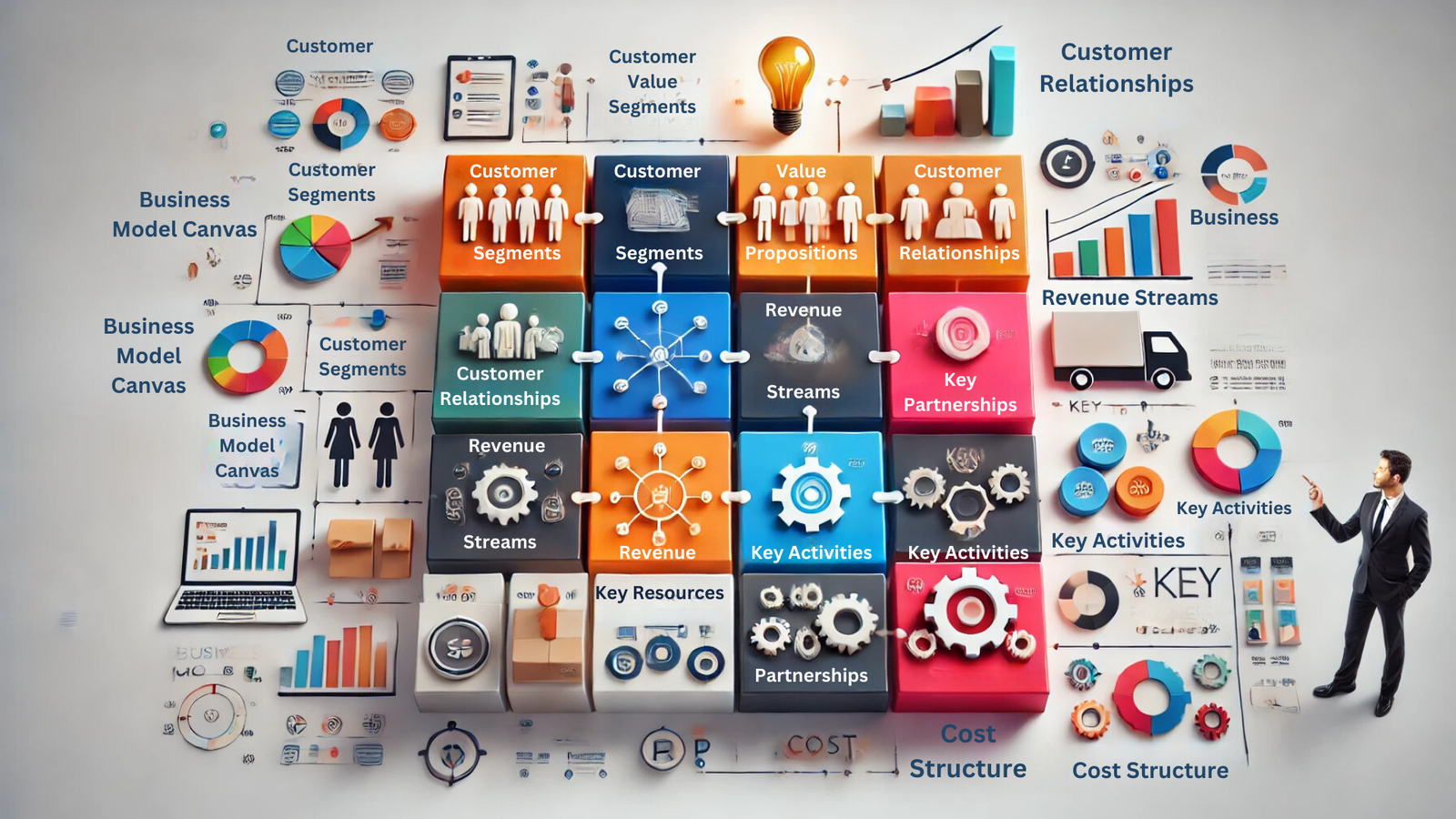
Business Model vs Systems
It is possible to establish that clients benefit from the business models since the business model and the systems to be implemented are aligned.
A business model is the working plan of your commercial enterprise. That describes a framework within which your organization’s components are deliberately positioned to fulfill its mission. A strong business model lays down your business beliefs and makes it easier to plan and explain.
However, one of the most significant issues businesses have to counter is leakage caused by cracks and defects in the business model. This is where systems, such as ERP software, come in handy.
It is clear that systems are helpful to ‘flesh out’ a business model but are not a substitute for one. Instead, systems are enablers, and they turn the concepts of your business environment into functions and processes that happen in real life. This is why business strategy requires setting a strong business model before introducing systems to facilitate the model.
The Business Model Canvas
The Business Model Canvas is a strategic management tool, and Alex Osterwalder should be credited for introducing this tool. It highlights nine key building blocks essential to any business:
Customer Segments: They tell you who the product or service is intended to benefit- the targeted audience. Knowledge of your customers and what they require is essential for Business.
Value Propositions: This is the way through which your Business provides its value to your customer. It could be a product, service, or experience that a particular group of consumers needs to solve a problem or meet a specific want.
Channels: These are the ways that help to bring value to customers, such as through Internet sites, physical stores, or intermediary companies.
Customer Relationships: Defining how you interact with your customers is essential in offering Personal Assistance, Automated Services, or Self-service technologies.
Revenue Streams: This refers to how your business makes its money: selling products, subscriptions, or licensing services.
Key Resources: These assets are required for value creation and include physical assets, including equipment, intellectual assets, patents, and human assets in the form of a skilled labor force, as well as financial assets.
Key Activities: The identified tasks are crucial because your Business must perform core tasks to deliver customer value. Some examples include manufacturing processes and promotional and retail processes.
Key Partnerships: They involve those organizations that assist your Business in running effectively through supplies or distribution.
Cost Structure: This encompasses the significant expenses of your Business, such as production, advertising, and overheads.
Systems as Catalysts
When a business model has been well articulated in how it operates, systems, and specifically ERP software, can realize the vision. Here’s how systems contribute to each building block of the Business Model Canvas:
Customer Segments: Achieve customized communication with customers and advertising initiatives informed by analyzing arrays of information.
Value Propositions: Assure customers that your products or services are always high-quality and delivered on time.
Channels: Integrate both online and offline sale platforms to smooth movements and satisfy customers.
Customer Relationships: Overall, work on relationship management, which is some trustful loyalty in communication.
Revenue Streams: Maximise the finance processes to manage the vast amount of money and identify more revenues.
Key Resources: Optimisation of all human, physical, and financial resources.
Key Activities: Integrating advanced technologies with your central business functions cuts redundant office work requirements.
Key Partnerships: Bolster supplier ties and enhance the capability of the supply chain process.
Cost Structure: Understand cost factors to make decisions that eliminate unnecessary expenses.
The Takeaway
The Business Model Canvas is a strategic tool for designing a perfect business model to operate a company, while systems like ERP are the tools that implement this business model. The reason why one’s systems should support one’s business model is because all aspects of the organization are in line, from customers and suppliers to costs and revenues.
How well are your systems connected to your business model? If not, it is time to reconsider and make it all work together. Let us know in the comments, and don’t miss the next part of this series!
Are you ready for the next level of your ERP software? Let’s make it happen!
